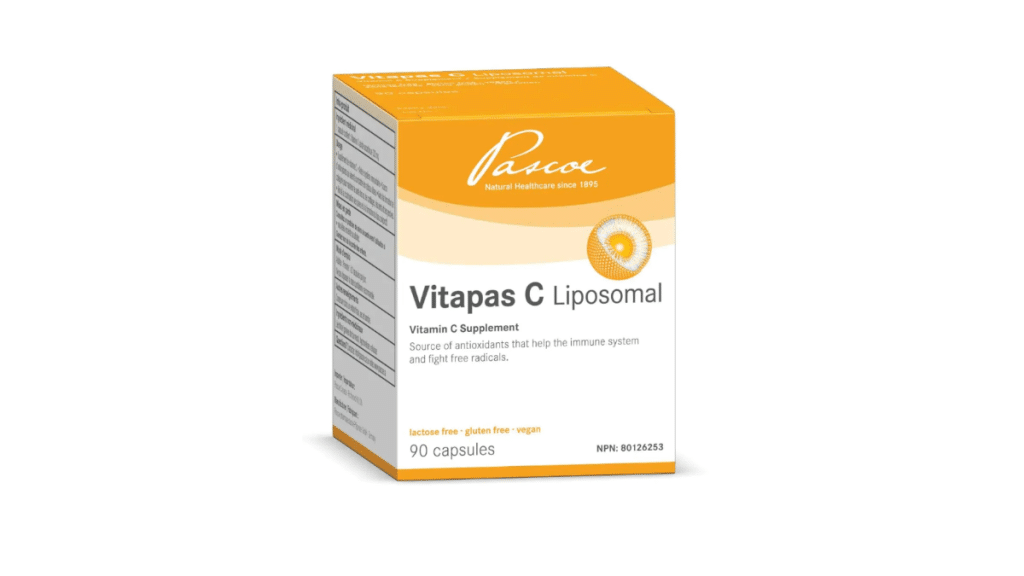One morning, you wake up with a scratchy throat and a heavy head. You know these signs well—you’re catching a cold. Instead of reaching for the usual cold medicine, you think about trying something more natural. A friend recently mentioned Echinacea, a herb known to help with colds. Curious, you decide to try it. Just like you, many people are turning to natural cold remedies to feel better without using too many chemicals. Let’s explore how Echinacea can help relieve cold symptoms, its benefits, and the right way to use it.
What Is Echinacea?
Echinacea is a plant from the daisy family that has been used for centuries to boost the immune system and fight infections. Its leaves, flowers, and roots are often used in cold and flu medication. Many people believe Echinacea can help reduce the symptoms of colds and speed up recovery. It’s a popular choice for those looking for natural cold remedies.
Benefits of Echinacea for Cold Relief
- Boosts Immune System: Echinacea is known to help strengthen the immune system, which helps the body fight off germs that cause colds and flu.
- Reduces Symptoms: If you already have a cold, Echinacea can help reduce symptoms like a sore throat, runny nose, and cough. This makes you feel better faster.
- Speeds Up Recovery: Studies suggest that taking Echinacea when you first feel sick can help you recover more quickly. It helps your body fight the cold virus more effectively.
- Natural Alternative: Echinacea is a great option for those who prefer natural treatments over synthetic cold and flu medication. It’s less likely to cause side effects compared to chemical-based medicines.
- May Prevent Colds: Some people use Echinacea during the cold season to help prevent getting sick. It can be a proactive way to keep colds at bay.
How to Use Echinacea for Cold Relief
- Start Early: Take Echinacea as soon as you notice the first signs of a cold. Starting early can help reduce the severity of symptoms and shorten the duration of the cold.
- Choose the Right Form: Echinacea is available in many forms, such as capsules, tablets, liquid extracts, teas, and lozenges. Choose what’s easiest for you. Liquid extracts and teas are effective for quick relief because they are absorbed faster by the body.
- Follow the Recommended Dosage: Always follow the dosage instructions on the product. A typical dosage for adults is 300 mg of Echinacea three times a day, or 2.5 ml of liquid extract three times daily. If you are unsure, consult a healthcare provider for guidance.
- Take It Regularly: Consistency is key. Take Echinacea regularly until your symptoms improve. Regular use helps maintain its effects and supports your immune system.
- Combine with Other Remedies: Echinacea can be combined with other cold remedies like vitamin C, zinc, and honey. This combination can help boost your immune system and provide better relief from cold symptoms.
- Stay Hydrated: Drinking plenty of fluids is important when taking Echinacea. Water, herbal teas, and broths can help keep you hydrated and soothe a sore throat.
- Rest is Important: Rest is crucial when you are sick. While Echinacea helps your immune system, getting plenty of rest allows your body to heal faster.
- Try Echinacea Tea: Drinking Echinacea tea can be a soothing way to take your medicine. It helps keep your throat moist and provides comfort when you’re feeling unwell.
- Avoid If You Have Allergies: If you have allergies to plants like daisies or marigolds, be cautious. Echinacea might cause an allergic reaction. Stop using it if you notice any rash or itching.
How to Make Echinacea Tea
Echinacea tea is a simple and effective way to get relief from cold symptoms. Here’s how to make it:
- Ingredients
- 1 teaspoon dried Echinacea leaves or 2 teaspoons fresh leaves
- 1 cup boiling water
- Honey or lemon (optional)
- Instructions:
- Pour boiling water over the Echinacea leaves in a cup.
- Let it steep for about 10 minutes.
- Strain out the leaves and add honey or lemon for extra flavor.
- Drink while warm to soothe your throat and reduce cold symptoms.
Possible Side Effects of Echinacea
While Echinacea is generally safe, it’s important to be aware of possible side effects:
- Mild Upset Stomach: Some people may feel a bit nauseous or have a mild upset stomach.
- Allergic Reactions: If you’re allergic to plants in the daisy family, you might also be allergic to Echinacea. Watch for signs like rash, itching, or trouble breathing.
- Dry Mouth or Dizziness: A few people report feeling dizzy or having a dry mouth, but these effects are usually mild and temporary.
Why Choose Echinacea?
Many people prefer Echinacea because it is natural and has fewer side effects than many cold and flu medications. It’s one of the most researched herbs for cold relief, and you can find it easily at health food stores or online. For those who want to avoid synthetic cold medicine, Echinacea offers a natural alternative.
When to See a Doctor
While Echinacea can help with mild colds, it’s important to know when to see a doctor. If your symptoms are severe, last more than 10 days, or have a high fever, it’s best to get medical advice. Echinacea is not a replacement for professional medical care.
Conclusion
Echinacea is a natural way to help relieve cold symptoms and support your immune system. It’s a good alternative to chemical cold remedies and can be used in various forms like teas, capsules, or liquid extracts. If you’re interested in trying Echinacea, consider products from a reliable company that specializes in natural cold relief. They offer high-quality herbal products with Echinacea to help you feel better naturally. Make the smart choice for your health and explore natural options for effective cold care.
